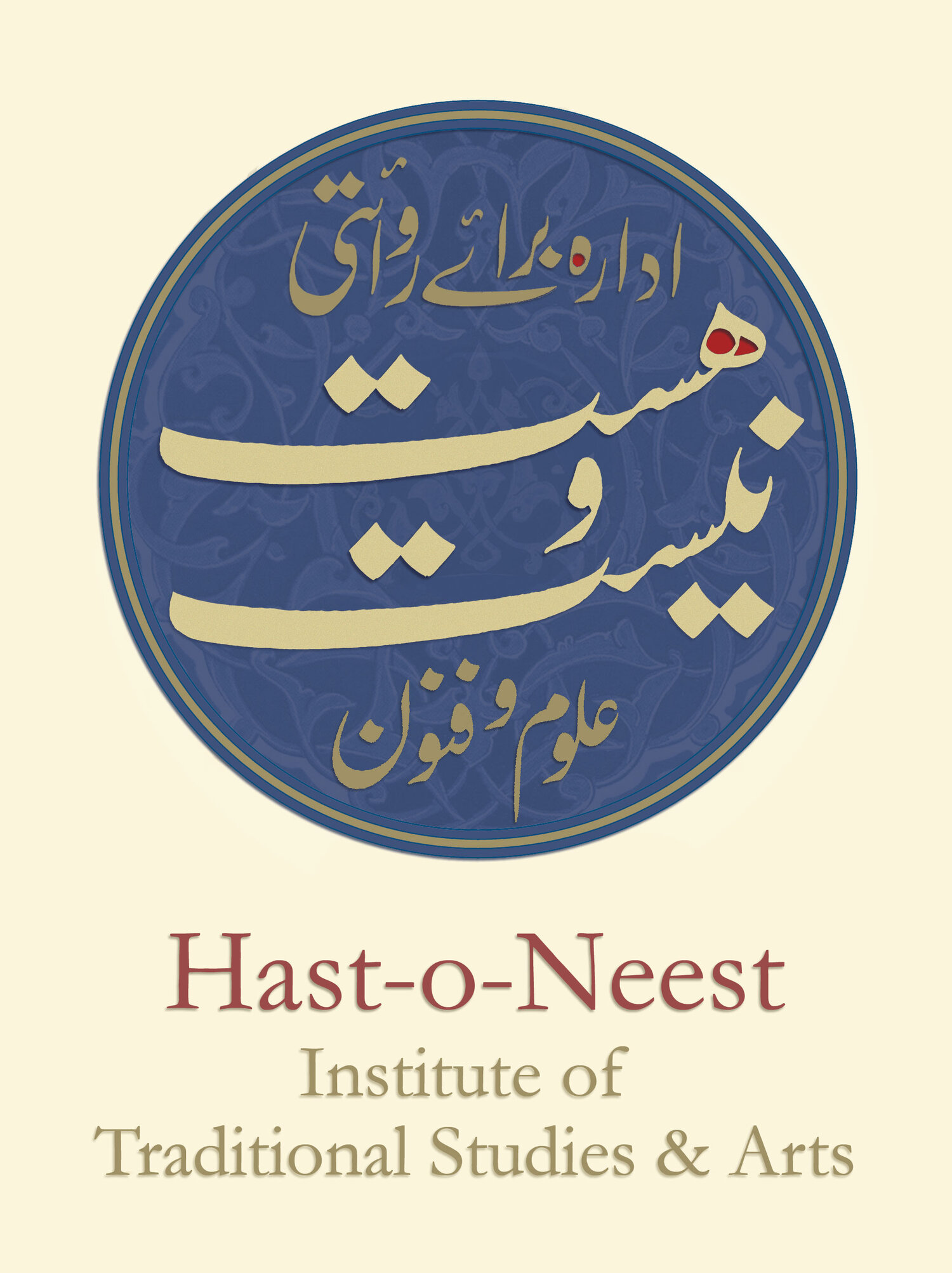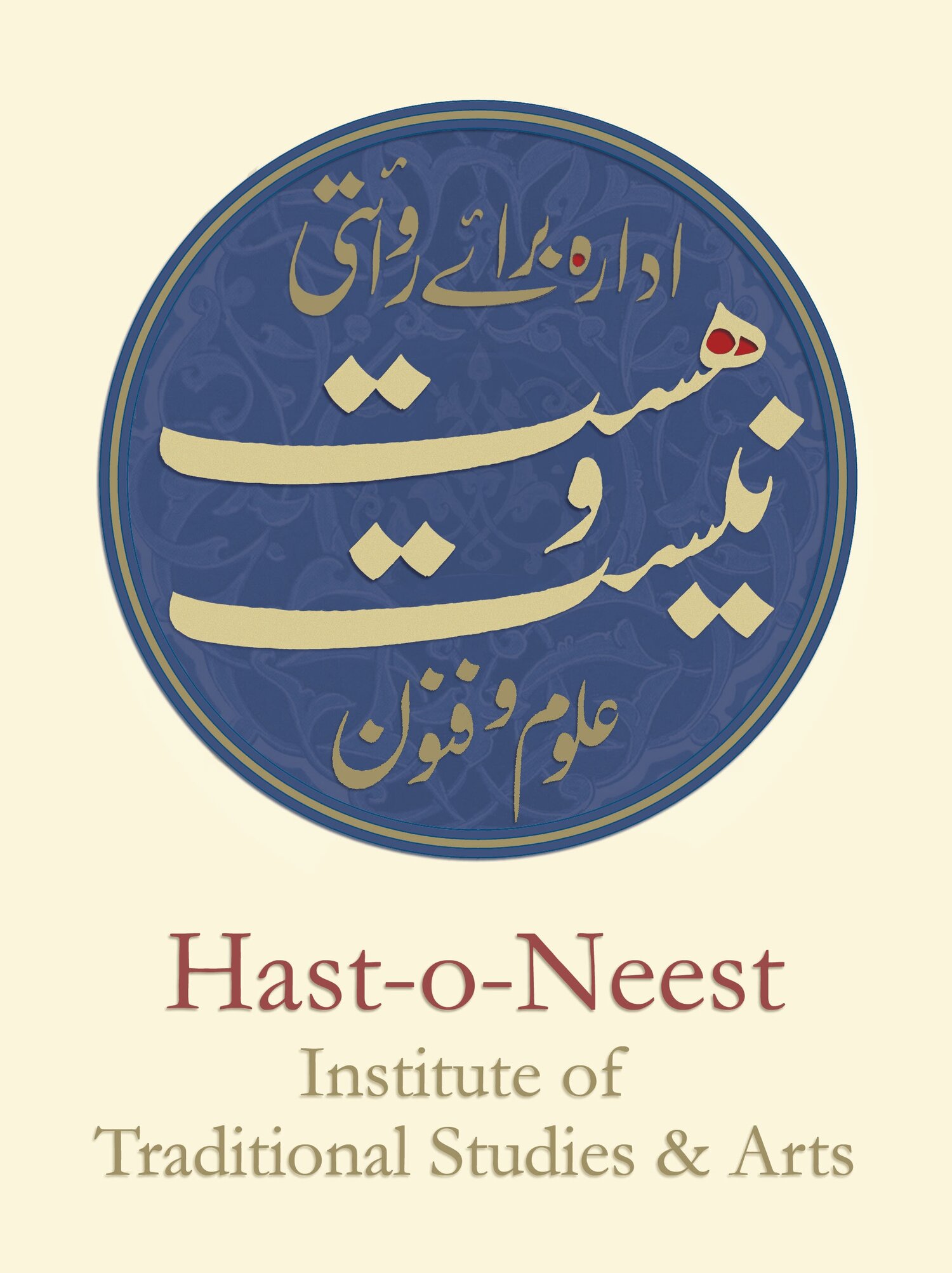
AHMED MIMAR CENTRE OF ARCHITECTURE
Ustad Ahmad Lahori (Master Ahmad of Lahore, d. 1059/1649) was one of the great architects of the seventeenth century. He may also have been the architect of the Taj Mahal. Though he referred to himself simply as Ahmad Mi'mar (Ahmad the architect), he was at once a skilled engineer and learned scholar in the sciences of astronomy, geometry and mathematics. Ultimately, he rose to become the chief architect of Shah Jahan, who awarded him the title of Nadir al-'Asr, or “Wonder of the Age,” in recognition of his artistic accomplishments.
Study and research programs focus on the philosophy, principles, and vocabulary of classical Islamic architecture in general and traditional architecture of Pakistan/Sub Continent in particular, with a view to contemporary application.
Courses
A Year of Study of Traditional-Islamic Architecture, 2021, 2022, 2023, 2024, 2025
The course is divided into two main parts, and modules of one month.
Introduction to Islamic Architecture of the Sub-Continent
A One Year Course - in two parts of six months each - for Architecture, Interior Design & Fine Arts Students & Professionals
Course Part 1 is scheduled to begin 18th March 2025. Application Deadline is 17th March 2025
Course Part II is scheduled to begin 3rd February 2025. Application Deadline is 31st Jan 2025
Applications can be made either for Part 1 only or for Part 1 & Part 2 both.
-
Objective/Rationale:
Many of us are aware of the alienating and superficial environments we increasingly inhabit, and consciously or sub-consciously wonder why we cannot create more harmonious buildings, spaces and interiors.
The reasons for this in our view are:
- We have become desensitized to the principles of design which used to govern our ambiance, from carpets, utensils and dress to woodwork, furniture & architecture.
- We have a tendency to uncritically accept foreign and alien forms which is largely due to a colonized mentality.
- Our architectural and design education leaves out the relationship of design to its historical, social, material, climatic and lastly communicative contexts. This results in creating cardboard architecture whose only aim is the pursuit of imagery while ignoring all the contexts which produce art & architecture of substance.
So there is a need to not only reconnect with the knowledge, philosophy and aesthetic principles which produced and can still produce meaningful, appropriate and harmonious environments in the contemporary context but also to inculcate a more integrated design approach.
This Six-Month Program is designed to familiarize students with the principles, philosophy, and methods of traditional design. The program aims to achieve this by introducing the participants to the following:
(1) Geometry as a Design Tool; as Pattern, as Tool for Form-Making and as a Tool for achieving Harmony & Proportion.
(2) Philosophy and Principles of Traditional Islamic Art and Design.
(3) Connection of Design to the Fabrication process.
-
Teachers:
Prof. Kamil Khan Mumtaz (AA Dipl 1963, London), Practicing Architect, former Professor & Head of Department of Architecture (National College of Arts Lahore), founding member of the Lahore Conservation Society and founding President Anjuman Mimaran.
Dr. Abdul Rehman (National Dip. Architecture, NCA, PhD Bucharest, Romania, Post Doc. Harvard University and MIT, USA). Former Chairman Department of Architecture, University of Gujrat. Professor/Director School of Architecture, University of Engineering & Technology Lahore. Independent Architect, Researcher and Author
Taimoor Khan Mumtaz (B. Arch NCA, MAPRASADA De Monforte University, UK), Practicing Architect & Founding Director Hast-o-Neest.
Khwaja Rizwan Qadeer (Civil Engineer, USA, & Partner Maymar Construction). Specialist in traditional building methods, structures and materials.
Shahid Niaz Khan (Civil Engineer, UET & Partner Maymar Construction). Specialist in traditional building methods, structures and materials.
Sana Osman (B.Sc. Architectural Engineering, 2007, U.E.T.) Practicing Architect & Interior Designer. Hast-o-Neest Certificate Courses in Geometry (3-Month) & Traditional Architecture (1-Year). Hast-o-Neest team member for Khwarzimi Science Society Annual Science Mela.
Syed Rameez Haider (B. Arch, P.U.) Senior Architect at Kamil Khan Mumtaz Architects since 2021. Visiting Assistant Professor COMSATS University Lahore. Former Coordinator Hast-o-Neest Architecture Course.
-
Duration: 12 Months - 2 Parts of 6 months each.
Format of Sessions: Presentations, Seminars, Site Visits, Practical Assignments, Model Making & Design Studio;
Days of Part 1: Twice a Week: Tuesdays & Thursdays Timings: 6:30 to 8:00/8:30 pm; Ramzan Timings is 3:30 to 4:30pm. Online (Zoom), In-person: Both.
Days of Part 2: Twice a Week: Mondays & Wednesdays Timings: 6:30 to 8:00 pm; Online (Zoom), In-person: Both.
Course Fee for Part 1 & 2 Per Month: PKR 6000/- Course Fee for 6 months: PKR 36,000/-
Details of payment method will be shared after student application.
-
Part 1 | Introduction to Traditional Architecture
Duration: 06 Months
Scheme of Studies
1. Introduction to Traditional Art Taimoor K. Mumtaz - 1 month
2. Geometric Patterns – I Sana Usman - 1 month
3. Introduction to the Architectural Heritage of Pakistan Dr. Abdul Rehman - 1 month
4. Vocabulary of Architecture – I Rameez Haider - 1 month
5. Proportion in Architecture – I Taimoor K. Mumtaz - 1 month
6. Materials & Structures Kamil Khan Mumtaz/Rizwan Qadeer/Shahid Niaz Khan - 1 month
-
Part II | Design Studio | Kamil Khan Mumtaz
Participants in the six months studio course will be guided through a rigorous design process while applying traditional theory and principles to an actual architectural design project.
The schedule includes various stages, from inception and outline proposal, to final design and building details.
Duration: 06 Months
Scheme of Studies:
Inception - 2 Weeks
Feasibility - 2 Weeks
Outline Design - 3.5 Weeks
Final Design - 3.5 Weeks
Buildings Details - 3.5 Weeks
Components details - 3.5 Weeks
Finishes Details - 3.5 Weeks
-
To Apply: Send in Course Title, Applicant Name, Academic Background, Email Address & Whatsapp number on hast.o.neest@gmail.com or on 03008493170 with a short paragraph on the reason for applying.
Course Outline & Details
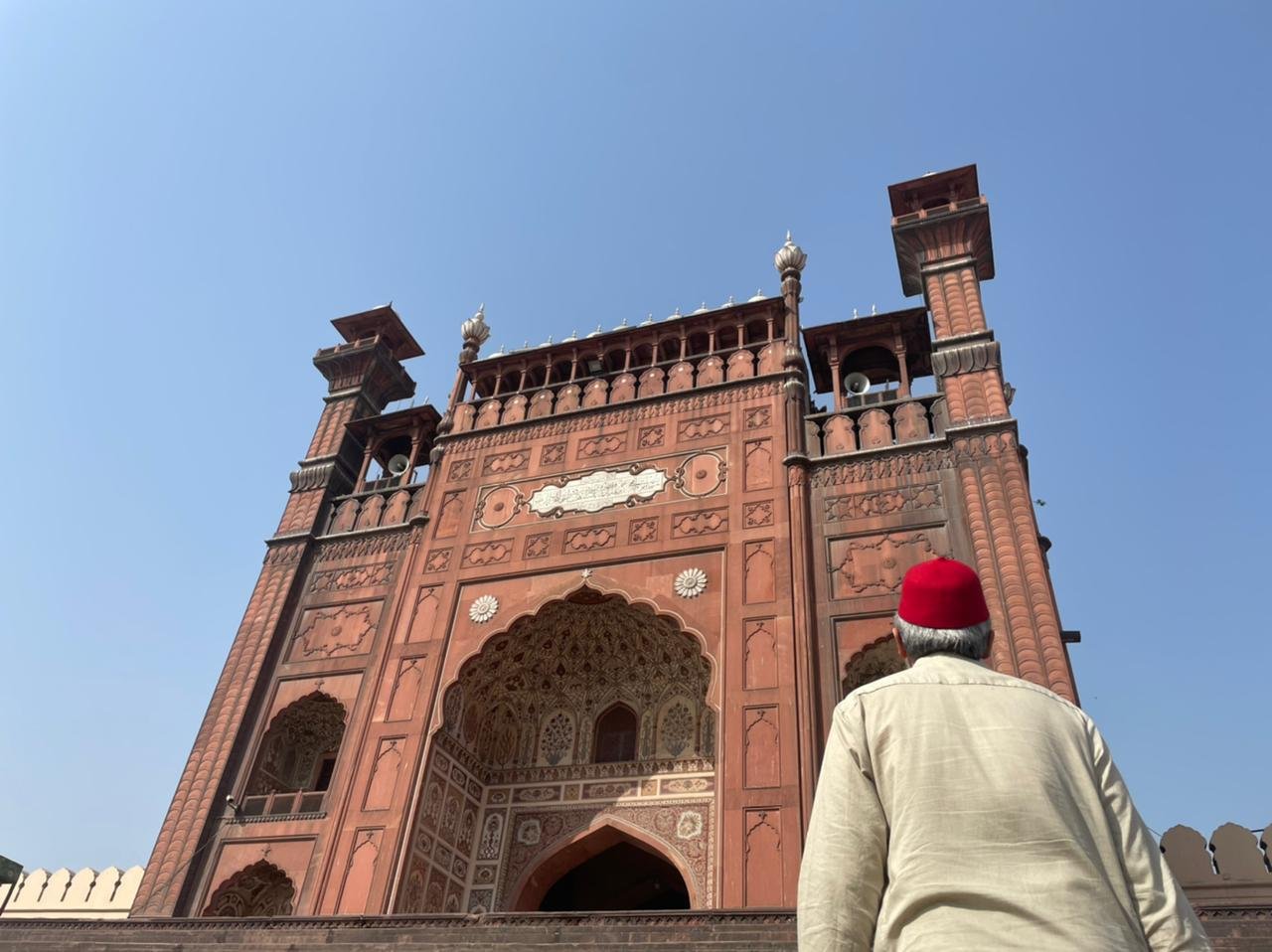
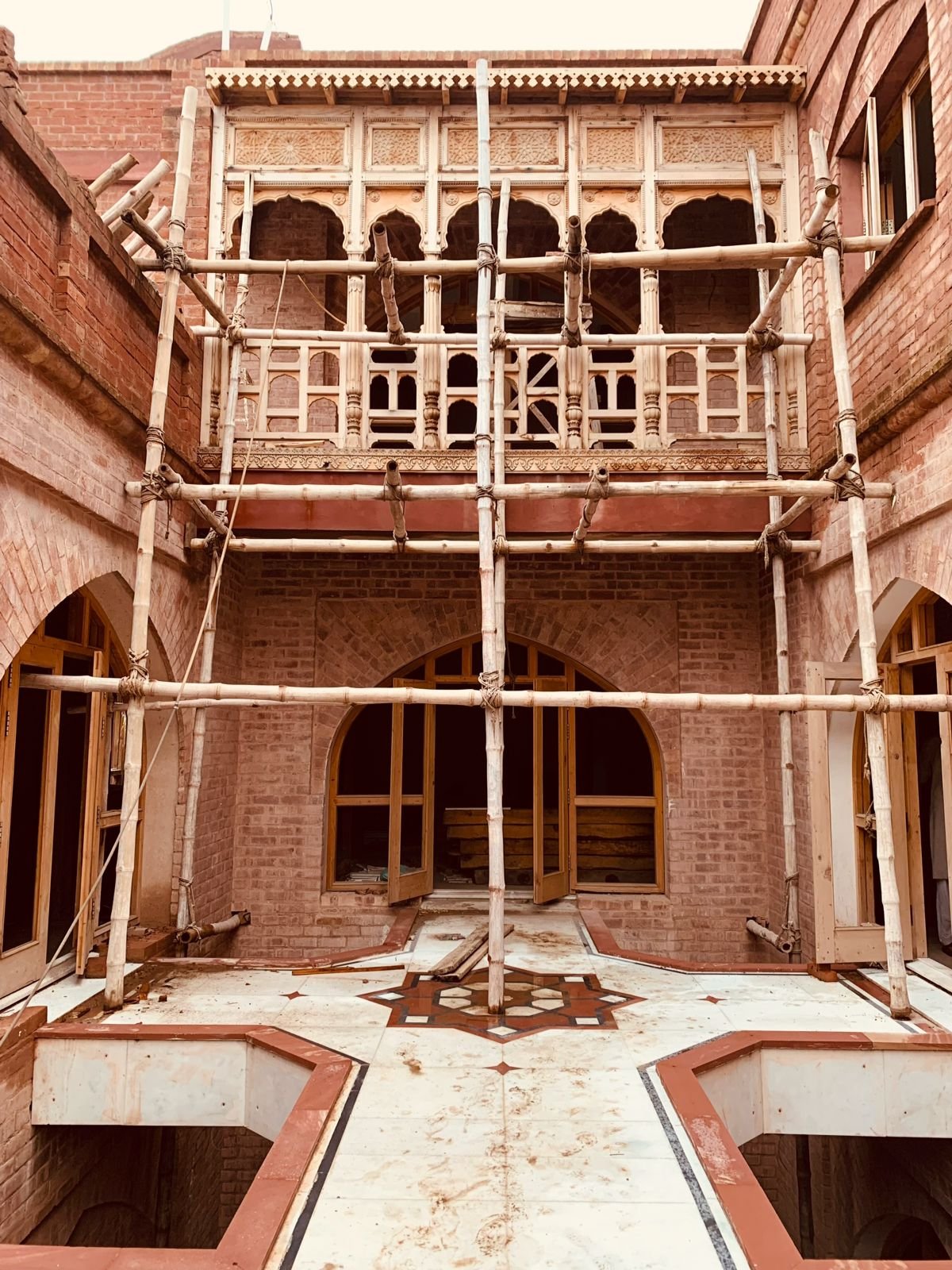
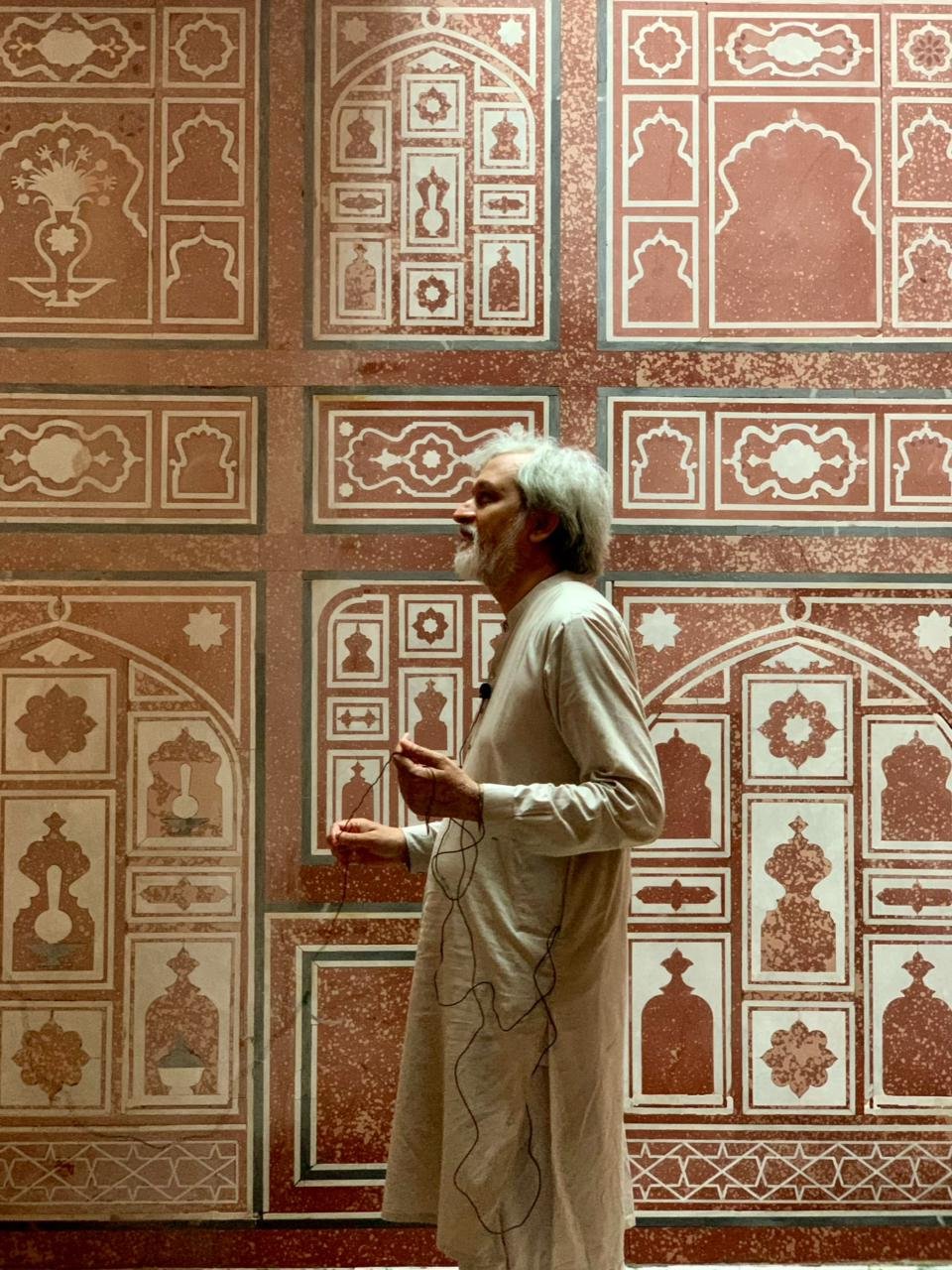
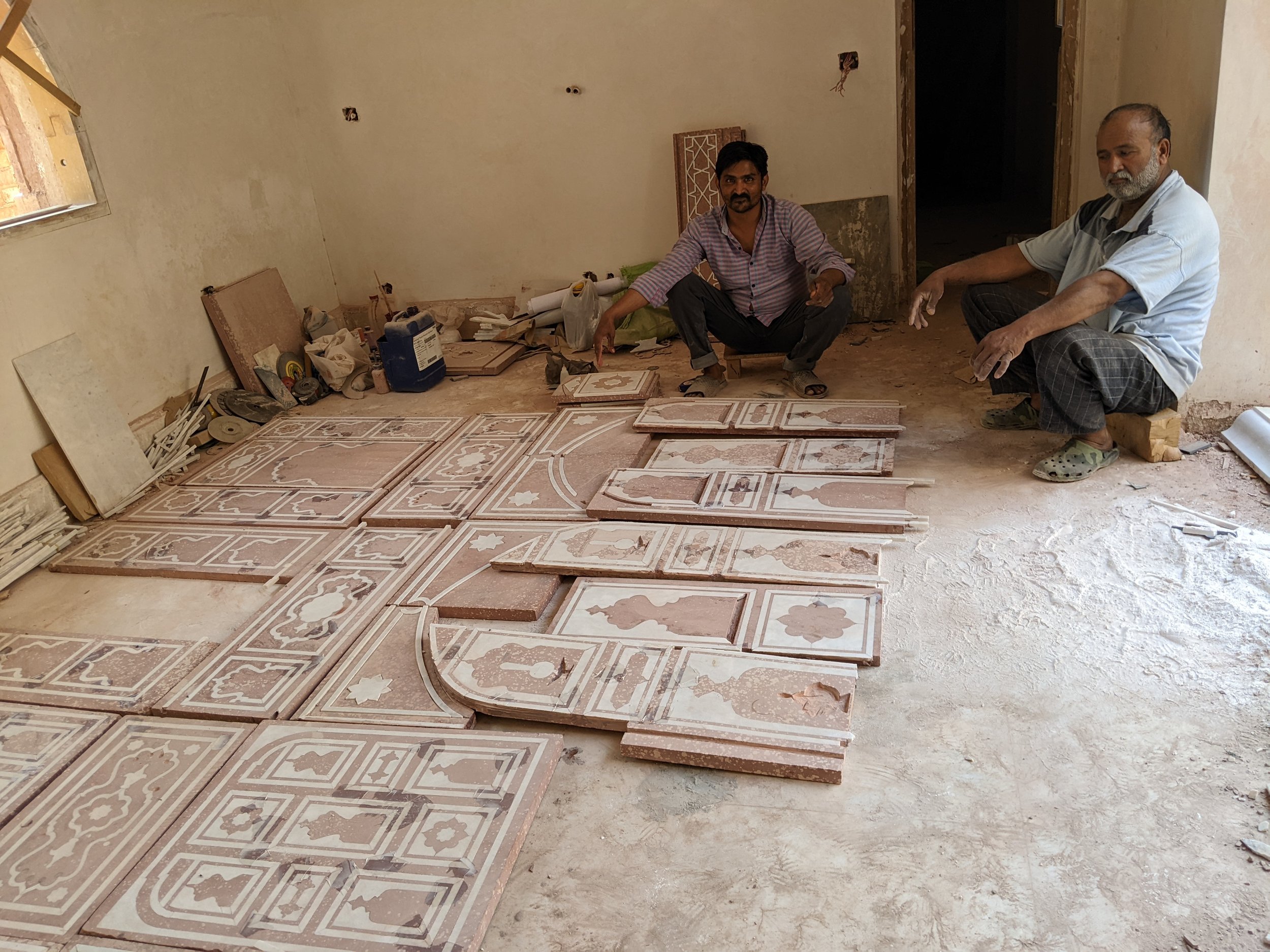
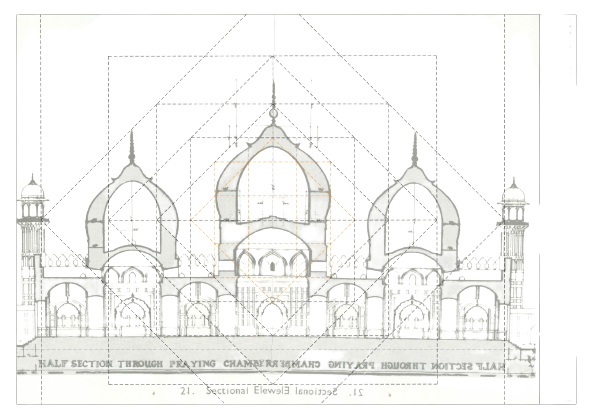

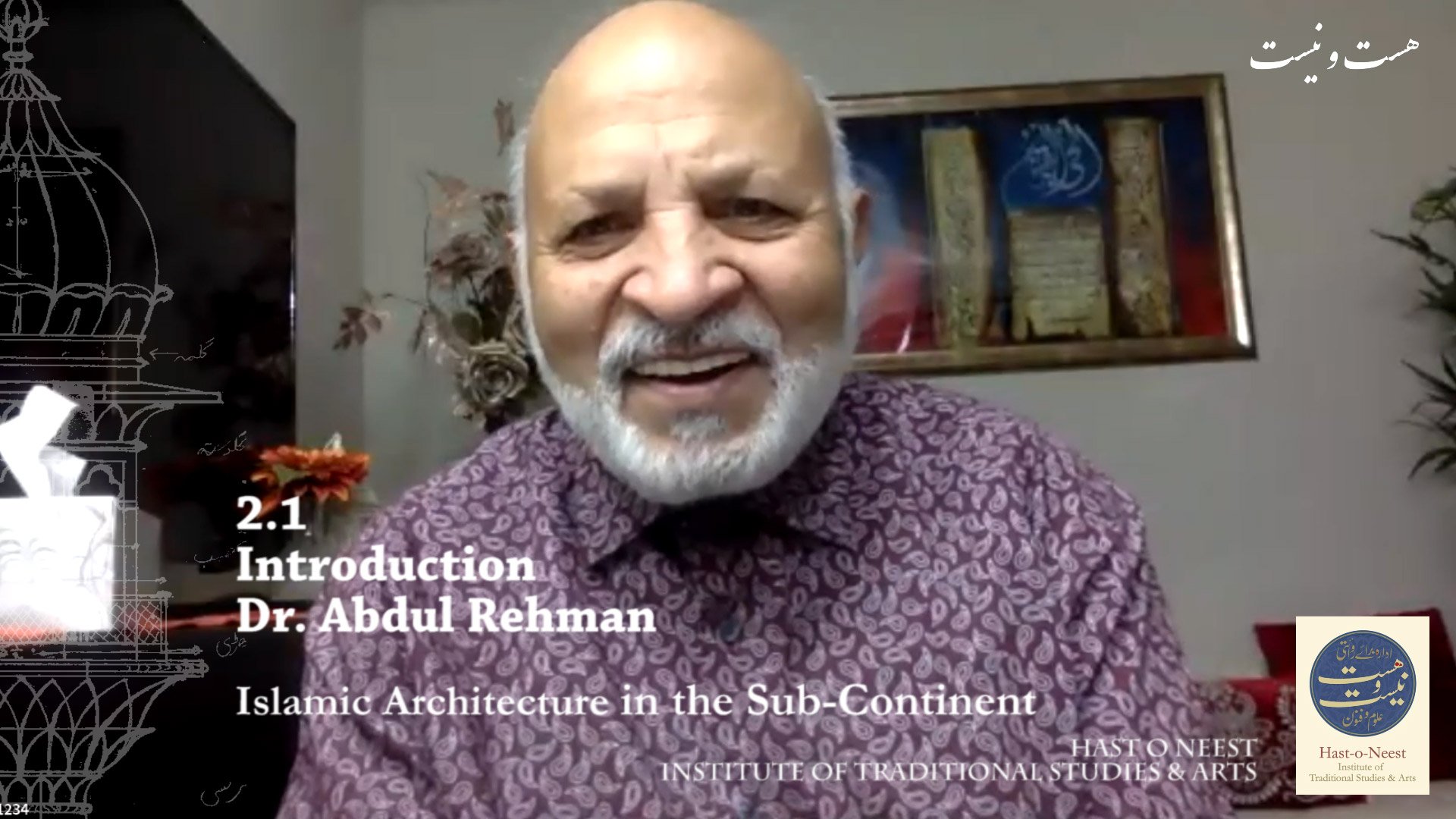

Development & Urbanism | Series of 10 Conversations with Kamil Khan Mumtaz | 2024 | YouTube Playlist Link | https://rb.gy/5hf3wk
Architectural Research | Pivot of the Punjab: The Historical Geography of Medieval Gujrat | Dr. Abdul Rehman & Dr. James L. Wescoat Jr. | 2024
